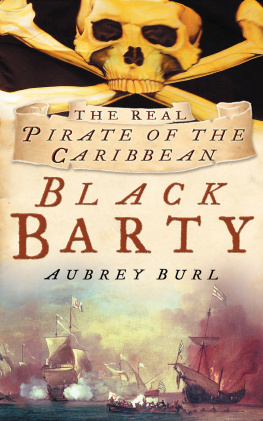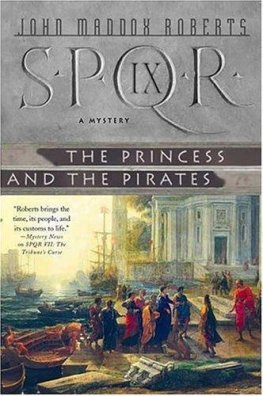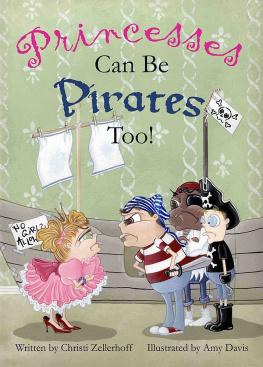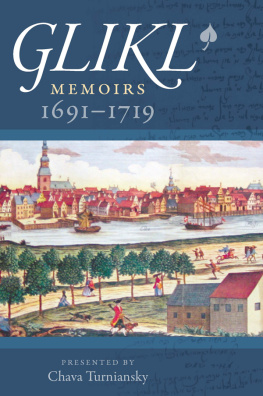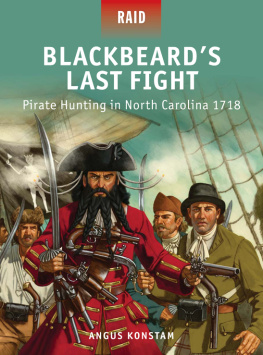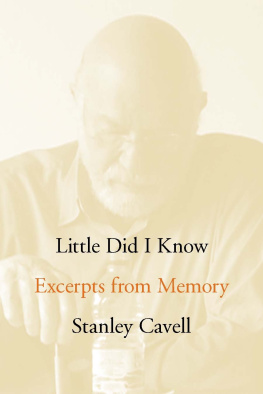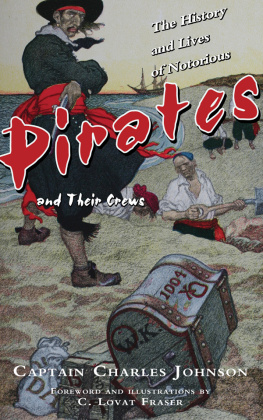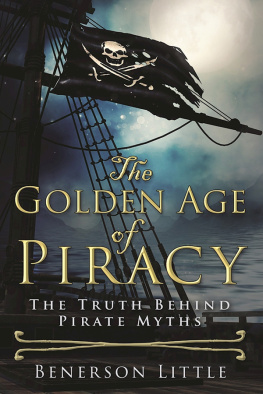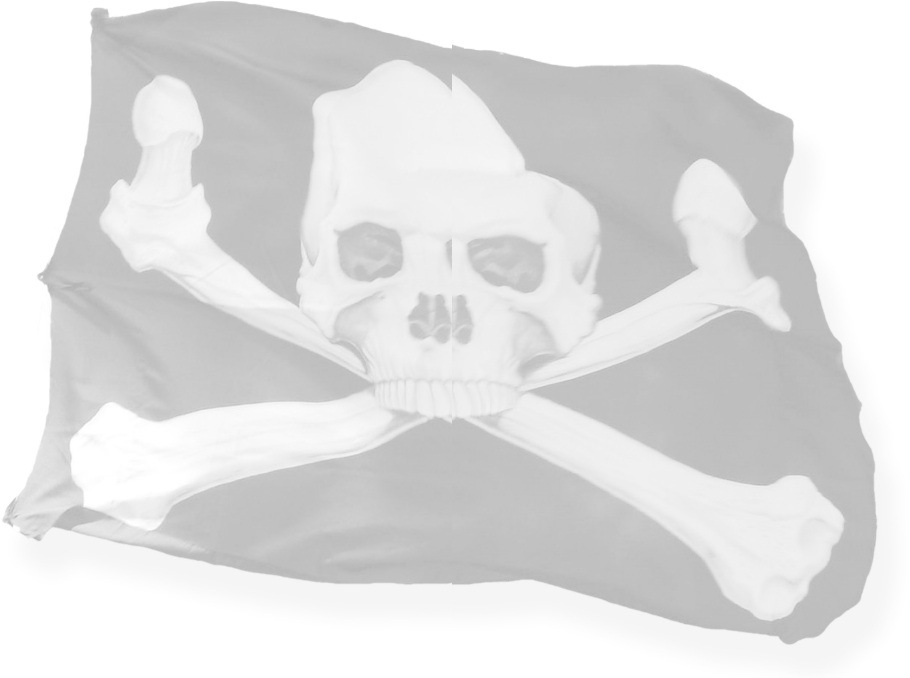
BLACK
BARTY
BLACK
BARTY
BARTHOLOMEW ROBERTS
AND HIS PIRATE CREW
17181723
AUBREY BURL

This book was first published in 1997 by Alun Books
This new edition first published in 2006
The History Press
The Mill, Brimscombe Port
Stroud, Gloucestershire, GL5 2QG
www.thehistorypress.co.uk
This ebook edition first published in 2013
All rights reserved
Aubrey Burl, 2006, 2013
The right of Aubrey Burl to be identified as the Author of this work has been asserted in accordance with the Copyrights, Designs and Patents Act 1988.
This ebook is copyright material and must not be copied, reproduced, transferred, distributed, leased, licensed or publicly performed or used in any way except as specifically permitted in writing by the publishers, as allowed under the terms and conditions under which it was purchased or as strictly permitted by applicable copyright law. Any unauthorised distribution or use of this text may be a direct infringement of the authors and publishers rights, and those responsible may be liable in law accordingly.
EPUB ISBN 978 0 7524 9597 2
Original typesetting by The History Press
Contents
Barti Ddu o Gas NewyBach | Black Barty of Little Newcastle |
Y morwr tal ar Chwerthiniad iach | The tall seaman of the hearty laugh, |
Efo fydd y llyw | He guides the rudder |
Ar y llong ar criw | Over the ship and the crew |
Bartu Ddu o Gas NewyBach. | Black Barty of Little Newcastle. |
from Barti Ddu, |
I.D. Hooson (18801948) |
At the pleasant village of Little Newcastle, Dyfed, five miles south of Fishguard, a gaunt and slender stone stands on the green in front of the church. On it is a metal sign:
CAS NEWYDD BACH | LITTLE NEW CASTLE |
yn y pentref yma y ganed | in this village was born |
BARTI DDU | BLACK BARTY |
y mr-leidr enwog | the famous pirate |
(16821722) | (16821722) |
In an honest service there is thin commons, low wages, and hard labour. In this, plenty and satiety, pleasure and ease, liberty and power. And who would not balance creditor on this side, when all the hazard that is run for it, at worst, is only a sour look or two at choking? No, a merry life and a short one shall be my motto.
Damnation to him who ever lived to wear a halter.
Bartholomew Roberts.
List of Plates
Introduction
T his is the true story, recovered from original sources, of a band of pirates who from 1718 until 1723 terrorised the seas off the African coast, in the West Indies, and in the American colonies. It begins with the suppression of a pirate base on New Providence and ends near the cold shores of Newfoundland.
During those years the pirates had four captains: Howel Davis, the imaginative Welshman; Thomas Anstis, the deserter; John Phillips, the murderer. But it is with the fourth that this book is chiefly concerned because he was the greatest pirate of the age, a tea-drinking marauder of astonishing audacity. His name was Bartholomew Roberts.
He lived at a vintage time for rogues, an age of criminals whose names are household: Captain Kidd, privateer turned pirate, hanged at Execution Dock in 1701; the infamous Blackbeard, Edward Teach the pirate, who was killed in 1718, the year in which this story begins; the pirate women, Anne Bonny and Mary Read at whose trial in 1720 they pleaded their bellies, confounding the court who did not expect pregnancy in pirates; Jack Sheppard, pickpocket and locksmith, admired for his ingenious escapes from prisons, arduously breaking through padlocked door after door and thick wall after wall at Newgate. He was hanged at Tyburn in 1724.
There was Dick Turpin in 1739, arrested for the unprovoked shooting of his landlords gamecock, and who courageously leapt neck-snappingly off the gallows steps to avoid a more lingering death by slow strangulation. Others were almost as well known: Jonathan Wild the thief-taker, Claude Duval, courteous highwayman. But of all of them Bartholomew Roberts was outstanding for his daring, effrontery, and success.
Pirates must be seen against their historical background. The laws of Britain, the state of the American colonies, the self-seeking captains of the Royal Navy, unemployment amongst sailors, all of them contributed to piracy. Although the majority of Britons deplored Roberts they also helped to make him.
Pirates are not to be confused with buccaneers, privateers or corsairs, all of whom were more or less honest. Buccaneers, the Brethren of the Coast, were in the beginning only involved with profitable recriminations against the restrictive trading practices of Spain. Privateers and corsairs were a kind of civil navy with governmental permission to attack their countrys enemies. Loot was an added incentive for patriotism.
Pirates were the enemies of all who sailed the sea. Plunder was their only object, intimidation their chief weapon, corrupt shore officials and trade embargoes their secret allies. Their calling is no more to be defended than that of housebreakers, footpads and highwaymen. Yet no apology is required for this book. Biographies of pirates are rare. Books have been written about piracy in general, usually relishing the atrocities, but until recently most were plagiarisms of earlier works and in them the pirates were puppets. The element that set these criminals apart, the sea, was rarely mentioned. Their ships and the conditions in them were ignored. Content with reporting corpse after corpse such books could as well have been written about Bluebeard the child-murderer as Blackbeard the pirate.
Commendable exceptions to this criticism are the books by David Cordingly, formerly of the National Maritime Museum, Greenwich. His Life Among the Pirates is a masterly historical review of the facts and fictions that colour the images of the ruffians and blackguards called pirates.
The present book describes how pirates lived and I have chosen to write about one man because his history includes the squalor, the temptations, the fear, the triumphs and the debaucheries that pirates knew. He was also brave, ambitious and successful.
Most pirate books are embellishments of Captain Charles Johnsons classic, A General History... of the Most Notorious Pyrates... first published in 1724. Its details and current knowledge make it the foundation stone for any new work. That it is also very readable is unsurprising because Captain Johnson was possibly Daniel Defoe who had already written two novels about pirates, The King of the Pirates, 1719, and Captain Singleton, 1720. Johnsons History... is generally accurate but it does contain errors and omissions that contemporary documents and records of trials expand and rectify.
Johnson is more reliable about Bartholomew Roberts than of other pirates and better about the end of Roberts career than its beginning because he had spoken with naval officers who were at the final trial, one of his informants being the surgeon of the warship, Swallow, John Atkins, who recorded the proceedings at Cape Coast Castle.
Next page
